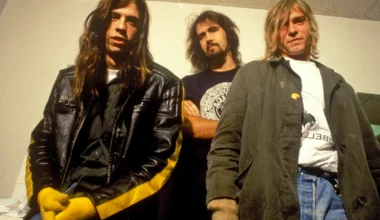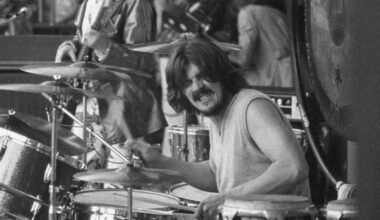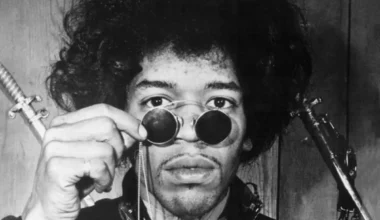By the mid-1970s, Fleetwood Mac was an established band, but their greatest success was still on the horizon. In 1974, drummer Mick Fleetwood, seeking to replace founding guitarist Peter Green, discovered Lindsey Buckingham.
At the time, Buckingham had a modest following, performing with his partner Stevie Nicks and briefly touring with the Everly Brothers in 1972.
When asked to join Fleetwood Mac, Buckingham agreed, but only on the condition that Nicks could join as well. Reluctantly, Fleetwood accepted, not realizing it would be one of the best decisions for the band’s future.
With Buckingham’s guitar skills and Nicks’ unique vocals and lyrical style, the band released their self-titled 1975 album, which became their most popular release up to that point. But their true breakthrough came in 1977 with Rumours, which remains one of the best-selling albums in music history.
However, Rumours also reflected the personal turmoil within the band. The members’ relationships were strained, leading to a chaotic and emotionally charged atmosphere. Adding to the chaos was their heavy cocaine use, a habit that became common among celebrities of the time.
By the 1980s, Stevie Nicks sought to branch out with a solo career, craving more creative space and distance from the band. Her debut solo album Bella Donna hit number one in 1981, and her follow-up The Wild Heart in 1983 also found commercial success. But the mid-1980s marked a darker period for Nicks.
In 1985, during her Rock A Little tour, Nicks faced serious health warnings from a plastic surgeon, who told her that continued cocaine use could be fatal. In interviews, Nicks has recalled her reckless behavior during this period, especially while filming music videos.
She was visibly high on cocaine during the shooting of Rock A Little’s “I Can’t Wait” video, later criticizing her appearance and lack of control during production.
In another video for her 1983 single “Stand Back,” she took creative control and insisted on a Civil War theme, which ended in a chaotic, dangerous incident involving a horse bolting during the shoot.
Reflecting on this time, Nicks admitted that, for a while, she was drawn to the tragic fates of rock stars like Janis Joplin and Jimi Hendrix.
However, a moment of clarity struck when she realized that future generations might look back and regret her potential self-destruction. This thought prompted her to take control of her life and begin her journey toward sobriety in the late 1980s.
Despite overcoming her cocaine addiction, Nicks faced a new battle with Klonopin, a prescription drug she was encouraged to take to prevent a relapse.
This medication caused her to lose years of her life, halting her creative output and negatively impacting her performances with Fleetwood Mac. In 1993, Nicks underwent a grueling 47-day detox to finally rid herself of her dependency.
Since then, she has remained clean and sober, only using marijuana occasionally. Looking back, she has managed to stay true to herself, continuing her career without succumbing to the demons that almost destroyed her.








